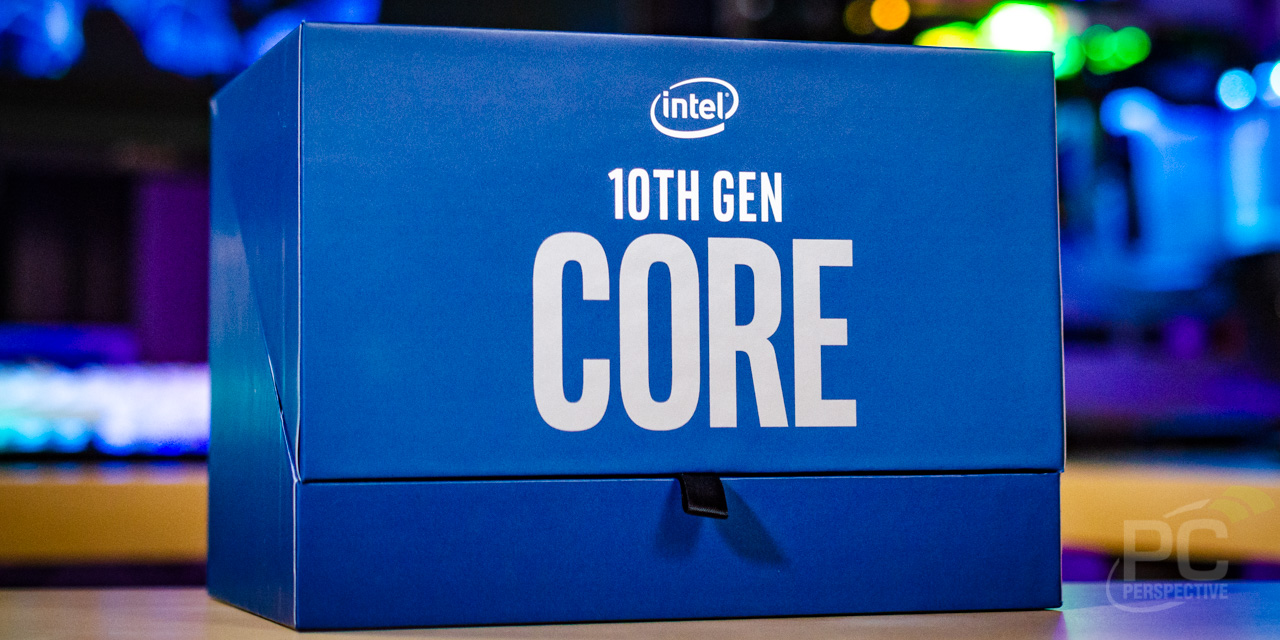Intel's eight-core Core i9-11900T & Core i7-11700T are shipping.
Intel's 35W 8-Core 'Rocket Lake' T-Series CPUs Arrive, Just Not in the US : Read more
Intel's 35W 8-Core 'Rocket Lake' T-Series CPUs Arrive, Just Not in the US : Read more
The "35W" is a lie. Intel's "low-power" versions of their i7 and i9 desktop processors draw up to 123 watts when boosting (This article is for Comet Lake, but the 11700T and 11900T have the same power limit)...The question is how closely does the processors conform to the supposed 35W TDP. At this TDP, the base clock speed looks really crappy. Even 65W versions need at least double or more of the rates TDP to be able to achieve the advertised boost clock speed, so to get to the boost clock speed means you need a beefy cooler or let it throttle after a few seconds.

 pcper.com
pcper.com
You may be able to find some T series in retail, but they are basically OEM CPU's designed for SFF PC's like this one from Lenovo.The "35W" is a lie. Intel's "low-power" versions of their i7 and i9 desktop processors draw up to 123 watts when boosting (This article is for Comet Lake, but the 11700T and 11900T have the same power limit)...

Official Intel 10th Gen Comet Lake-S CPU Power Limits Revealed - PC Perspective
Official Intel 10th Gen Comet Lake-S CPU Power Limits Revealed With any processor, and Intel CPUs in particular, power limits are a critical aspect topcper.com
They are supposed to boost for up to 28 seconds, after which they would drop to those very low 1.5 / 2.0GHz base clocks. But realistically, the vast majority of motherboards will leave them boosting indefinitely by default, meaning these are actually 123W processors unless one goes out of their way to enable settings that will significantly cripple their performance.


